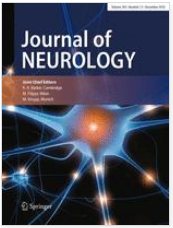 The objective of this study was to identify the most responsive and sensitive clinical outcome measures in GNE myopathy. ClinBio-GNE is a natural history study in GNE myopathy.
The objective of this study was to identify the most responsive and sensitive clinical outcome measures in GNE myopathy. ClinBio-GNE is a natural history study in GNE myopathy.
Patients were assessed prospectively by clinical, functional and quantitative nuclear magnetic resonance imaging (qNMRI) evaluations. Strength and functional tests included Myogrip, Myopinch, MoviPlate and Brooke assessments for upper limb and the 6-min walk distance for lower limb. qNMRI was performed for determining the degree of fatty infiltration and trophicity in leg, thigh, forearm and hand skeletal muscles. Ten GNE myopathy patients were included. Three patients were non-ambulant. Age and gender-matched healthy subjects were used as controls.
Fatty infiltration and contractile cross-sectional area changed inversely and significantly in lower distal limbs and in proximal lower and distal upper limbs over 1 year. qNMRI indices and functional assessment results were strongly correlated.
Even in a limited number of patients, qNMRI could detect a significant change over a 1-year period in GNE myopathy, which suggests that qNMRI could constitute a surrogate endpoint in this slowly progressive disease. Quantitative NMRI outcome measures can monitor intramuscular fat accumulation with high responsiveness. Longer follow-up should improve our understanding of GNE myopathy evolution and also lead to the identification of non-invasive outcome measures with the highest discriminant power for upcoming clinical trials.
